Kenya Tourism: CRM strategy for Tourists and the Tourism Sector
Problem
Creation of CRM as a new area within the marketing area of a tourist destination.
Solution
Define a strategic document of relationship with tourist and professional clients. Implement a technological platform and develop the necessary content.
Results
Being able to communicate regularly with tourists throughout the travel lifecycle – before, during and after the trip. Improvement of the relationship processes with the sector. Creation of a database considered as an asset of the organization.
Context
That the Marketing Plan of a Tourism Destination (DMO) considers as an initiative the development of a CRM strategy demonstrates the vision and commitment that Kenya Tourism has with its Customers. “Customer first!”
Until we achieve the ambitious goal of developing highly personalized relationships with tourists, operators, industry and media we will have to overcome the challenge of establishing a CRM Framework and Strategy, implementing Technology Platform, developing Content, as well as organizing and building a Team.
Customers - Experiences
Understanding the different Customer segments and adapting the Experiences that best respond to their motivations and profile is the first step of the CRM strategy. Some of the aspects worked on:
- Business Canvas Model
- Stakeholder Map
- Buyer Persona
- Customer Journey
- Customer segments and experiences to offer
- Database analysis and studies
- Customer base questionnaires
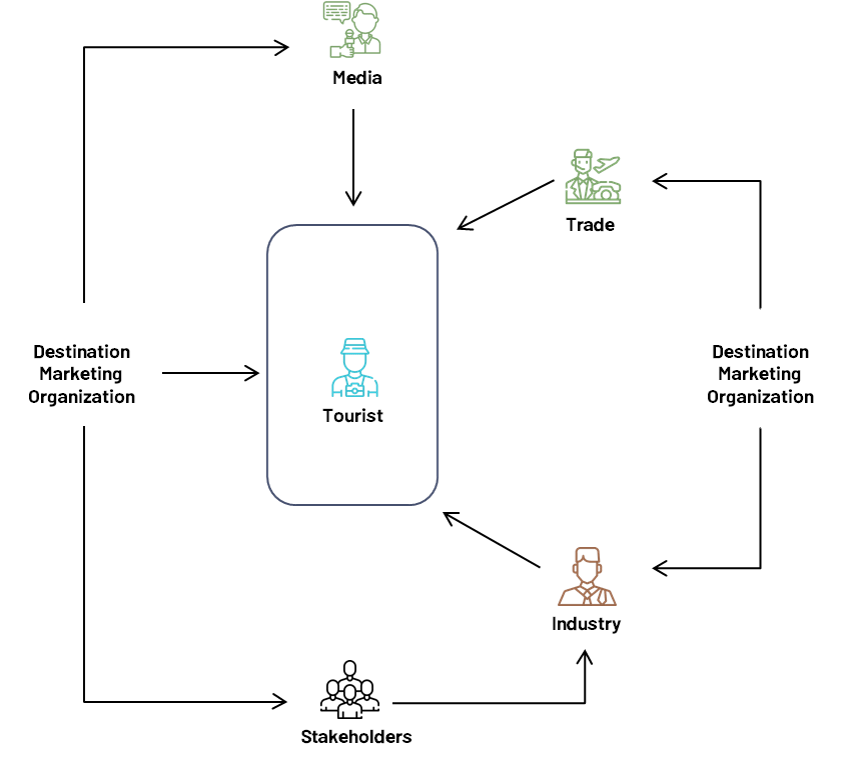
Content
More than one hundred emails for Tourists were developed using sixteen communicative axes.
The communications aim to awaken the desire to open the emails and discover experiences related to Safari & Wildlife, Nature & Landscapes, Adventure, Culture and Sports.
The web-based recruitment forms and micro-sites go directly into the CRM and qualify the tourist with key information to segment them and direct them to the corresponding automated contact plan.
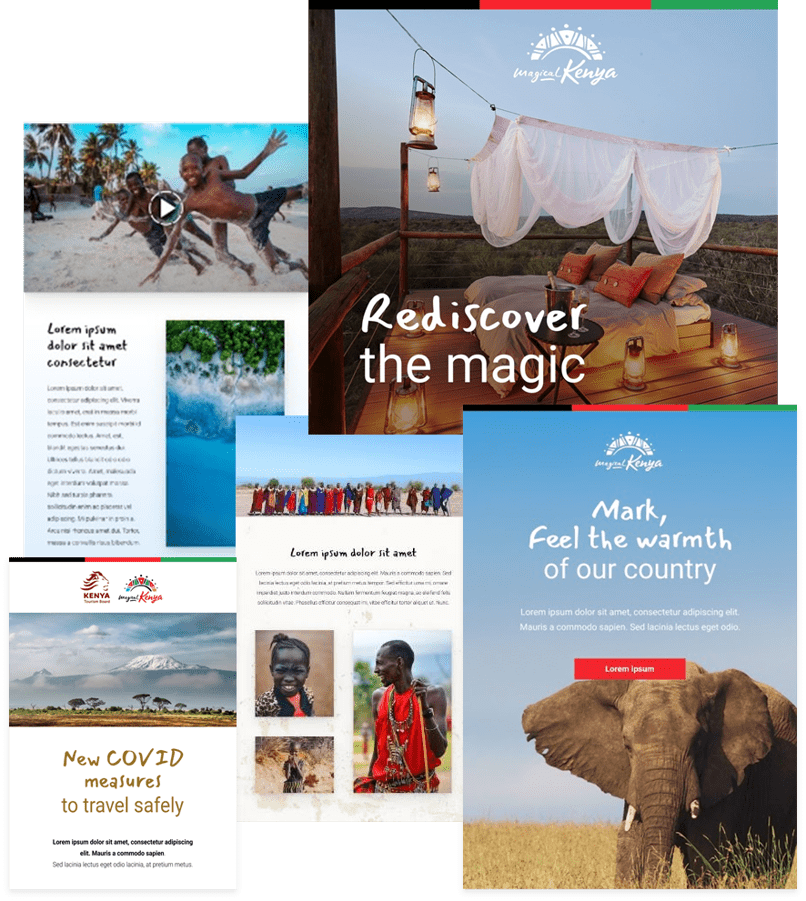
Communications are sent automatically on a daily basis. And the motivations for interest in traveling to the destination, source markets, places visited and type of usual accommodation were used as segmentation variables.
Three types of communication plans were defined for the Tourist program:
- Individual Plan: according to the individual situation of the tourist.
- Temporary Plan: according to the tourist’s temporary situation or calendar.
- Experience Plan: according to the tourist’s motivations
- For professionals, contact plans are also developed for the processes of Fairs, e-Learning platform or obtaining quality seals.

Technology platform
Sherpa Marketing was implemented as a customer platform (CDP) and automation tool. We migrated data from professionals in the sector and through scraping techniques from the main associations of tour operators and travel agencies we expanded the base. Integration with the DAM to obtain images and the e-Learning platform for professionals.
We create the email pieces, define the recruitment forms and create the necessary automations or segmentations.
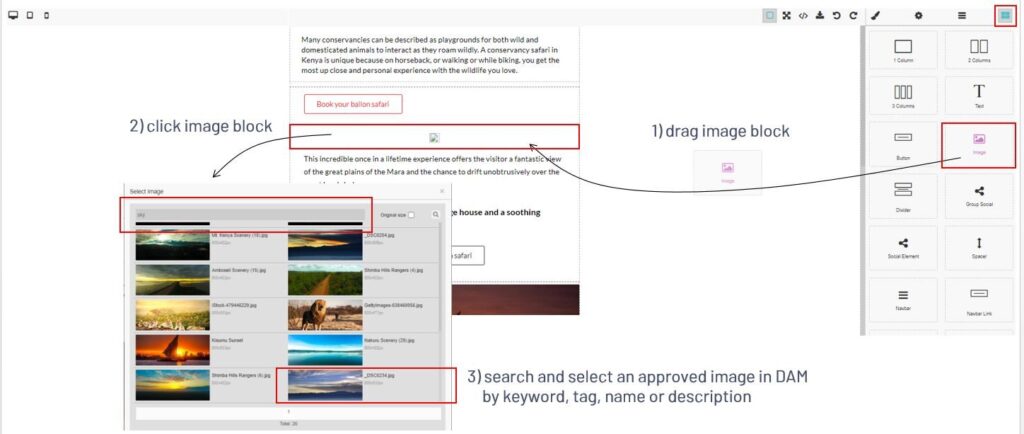
A Counters/Segmentation Dashboard and a Campaign Results Dashboard were developed in Qlik Sense for both Tourists and Professionals.
Visualization of the main KPIs through tables and graphs. Filters, alerts, and export to Excel.
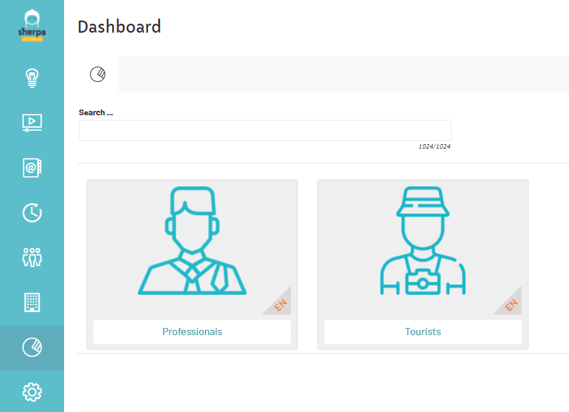
Team
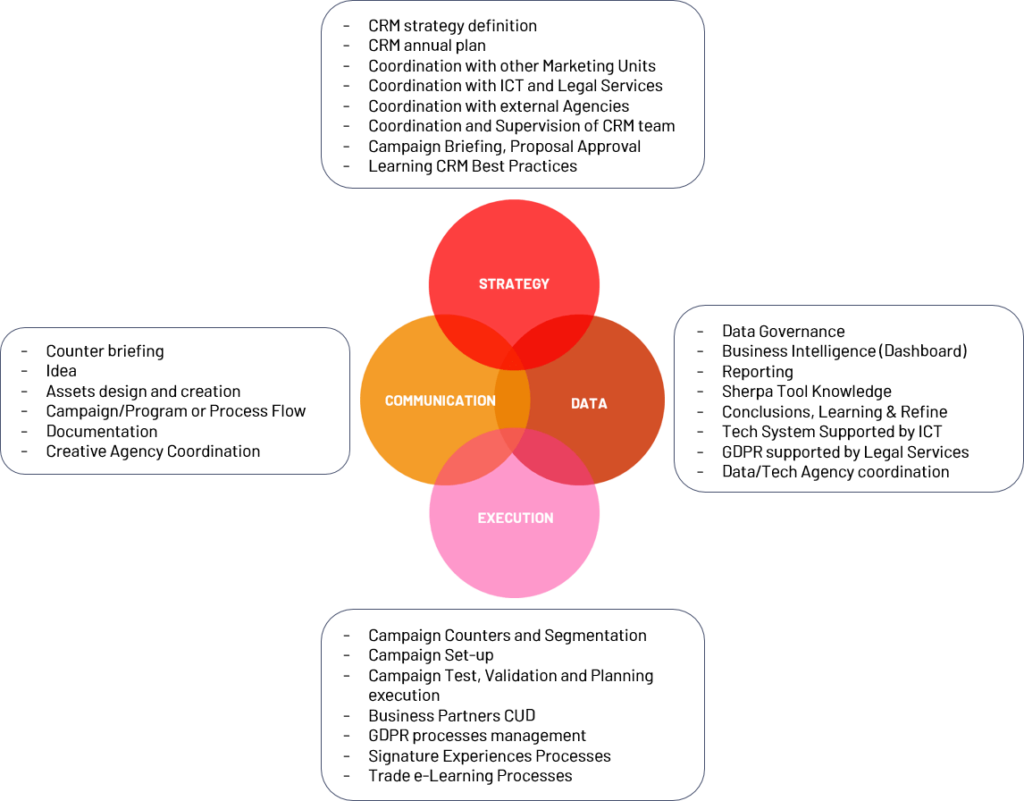
Roles and functions within the organization related to CRM processes were also defined, as well as training and support sessions for the launch and subsequent maintenance of the program.
